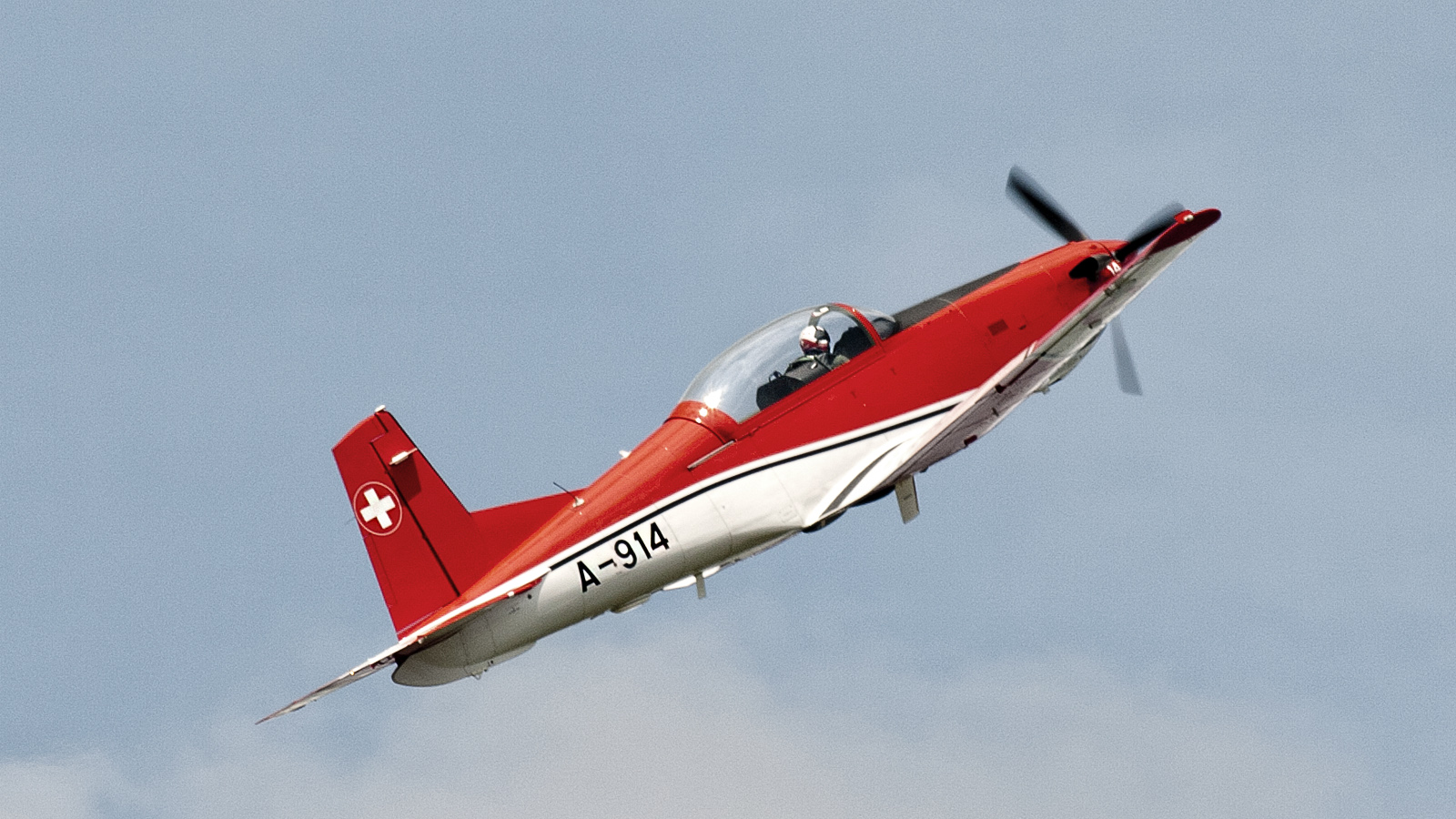
The Pilatus PC-7 Turbo Trainer is based on the piston-powered Pilatus P-3. Since its introduction in 1978, close to 500 aircraft have been sold, with the majority still being in service today. The aircraft’s capability to cover all aspects of basic training including aerobatics, instrument, tactical and night flying, has convinced 20 air forces to select the PC-7 to train professional military pilots.
The Pilatus PC-7 is powered by Pratt & Whitney Canada PT6A-25A turboprop, and a clear-vision? mounded bubble canopy for the non-pressurized tandem-cockpit.
The Pilatus PC-7 Mk.II M airframe is based on that of the Pilatus PC-9, but a lower-powered Pratt & Whitney Canada PT6A-25C turboprop engine variant is used. The cockpit of the Pilatus PC-7 Mk.II M is equipped with a comprehensive tandem-capable VFR/IFR day and night avionics package for navigation, communication and identification using state-of-the-art equipment.
| Developing nation: | Switzerland. |
| Manufacturer/designer: | Pilatus Aircraft. |
| Production line. | Stans. |
| Task: | Turbo trainer. |
| First flight: | – Pilatus P-3 re-engined April 12, 1966 HB-HON. – Pilatus PC-7 first production aircraft August 18, 1978 HB-HAO. – Pilatus PC-7Mk.II M September 28, 1992. |
| First delivery: | – Pilatus PC-7 early 1979 to Myanmar Air Force. – Pilatus PC-7Mk.II M November 30, 1994 to South-African Air Force. |
| Pilatus PC-7 | |
| Crew: | 2 |
| Ejection seat: | Martin-Baker CH.Mk.15A. |
| Wing span: | 10,40 m. |
| Wing area: | 16,60 m². |
| Length: | 9,78 m. |
| Height: | 3,21 m. |
| Tail plane span: | 3,40 m. |
| Wheelbase: | 2,32 m. |
| Wheel track: | 2,60 m. |
| Engine: | One Pratt & Whitney Canada PT6A-25A turboprop rated 485 kW. |
| Propeller: | Hartzell HC-B3TN-2 three-blade, constant speed. |
| Weight: | – Empty: 1.330 Kg. – Internal fuel: 474 liters. – External fuel: 2 x 240 liters. – Max. ordnance: 1.040 Kg. |
| Max. take off weight: | 2.700 Kg. |
| Max. landing weight: | 2.565 Kg. |
| Cruise speed: | 412 km/h. |
| Max. speed: | 500 km/h at 6.095 m. |
| Service ceiling: | 10.060 m. |
| Range: | – range 1.200 km without drop tanks. – ferry range 2.630 km with drop tanks. Max. endurance 4 hours, 22 minutes. |
| Performance: | – max. rate of climb at sea level 655 m per minute. – climb to 5.000 m in 9 minutes, 0 seconds. – take-off run 780 m at max. take-off weight. – landing run 505 m at max. landing weight. |
| g limits: | -3 / +6. |
| Underwing hardpoints: | 6. |
| Pilatus PC-7 Mk.II M* | |
| Ejection seat: | Martin-Baker Mk.CH11A. |
| Wing span: | 10,19 m. |
| Wing area: | 16,29 m². |
| Length: | 10,13 m. |
| height: | 3,26 m. |
| Engine: | One Pratt & Whitney Canada PT6A-25C turboprop rated 522 kW. |
| Propeller: | Hartzell four-blade, diameter 2,44 m. |
| Weight: | – Empty: 1.670 Kg. – Zero fuel weight 1.900 kg. – Internal fuel: 518 liters. – External fuel: 2 x 240 liters. – Max. ordnance: 1.040 Kg. |
| Max. take off weight: | 2.850 Kg. |
| Max. landing weight: | 2.750 Kg. |
| Cruise speed: | 465 km/h at 3.050 m. |
| Max. speed: | 555 km/h. |
| Service ceiling: | 9.150 m |
| Range: | – range 1.200 km without drop tanks. – ferry range 2.935 km with drop tanks. Max. endurance 4 hours, 40 minutes. |
| Performance: | – max. rate of climb at sea level 865 m per minute. – climb to 6.095 m in 10 minutes, 55 seconds. – take-off run 259 m at max. take-off weight. – landing run 335 m at max. landing weight. |
| g limits: | -3,5 / +7 |
* Generally similar to the Pilatus PC-7 except in the following particulars.
| Pilatus PC-7 operators: | |
| Angola: | – 25 PC-7. |
| Austria: | – 16 PC-7. |
| Bolivia: | – 24 PC-7. |
| Bophuthatswana: | – 2 PC-7 returned via South-African Air Force to Pilatus Aircraft. |
| Botswana: | – 7 PC-7. |
| Brunei: | – 4 PC-7 Mk.II M. |
| Chad: | – 2 PC-7. |
| Chile: | – 10 PC-7. |
| France: | – 6 PC-7. |
| Guatemala: | – 12 PC-7. |
| Iran: | – 35 PC-7. |
| Iraq: | – 52 PC-7. |
| Malaysia: | – 45 PC-7. – 4 PC-7 Mk.II M. |
| Mexico: | – 88 PC-7. |
| Myanmar: | – 17 PC-7. |
| Netherlands: | – 13 PC-7. |
| South-Africa: | – 60 PC-7 Mk.II M. |
| Suriname: | – 2 PC-7, one to civil. |
| Switzerland: | – 40 PC-7. |
| UAE (Abu-Dhabi): | – 31 PC-7. |
| Uruguay: | – 6 PC-7. |
| Civil: | more than 7 PC-7. |
Pilatus PC-7 written-off by accidents:
| – | OD1 | Botswana Defence Force. |
| – | OD5 | Botswana Defence Force |
| – | 211 | Fuerza Aérea Guatemalteca |
| – | 220 | Fuerza Aérea Guatemalteca |
| – | 274 | Fuerza Aérea Guatemalteca |
| – | 278 | Fuerza Aérea Guatemalteca |
| – | – | Fuerza Aérea Guatemalteca |
| May 7, 1980 | FAB455 | Bolivian Air Force |
| July 9, 1984 | – | Iraqi Air Force |
| September 4, 1989 | – | Malaysian Air Force |
| March 7, 1990 | A-905 | Swiss Air Force |
| September 25, 1990 | – | Malaysian Air Force |
| Oktober 22, 1991 | – | Malaysian Air Force |
| January 29, 1992 | – | Malaysian Air Force |
| January 31, 1992 | – | Malaysian Air Force |
| July 10, 1993 | – | Malaysian Air Force |
| November 18, 1993 | – | Malaysian Air Force |
| April 8, 1994 | 304 | Fuerza Aérea Uruguaya |
| April 15, 1994 | A-920 | Swiss Air Force |
| February 3, 1997 | 2021 | South-African Air Force |
| February 26, 1997 | OD5 | Botswana Defence Force |
| October 30, 1998 | 2022 | South-African Air Force |
| August 12, 1999 | – | Mexican Air Force |
| January 14, 2000 | HB-HOO | Private |
| April 10, 2001 | – | Malaysian Air Force |
| May 8, 2001 | FAB-462 | Bolivian Air Force |
| January 2, 2002 | – | Malaysian Air Force |
| November 12, 2002 | A-921 | Swiss Air Force |
| November 17, 2002 | 2559 | Mexican Air Force |
| 2003 | TT-QAB | Chad Air Force |
| August 12, 2003 | – | Malaysian Air Force |
| May 27, 2004 | – | Malaysian Air Force |
| June 22, 2004 | FAB466 | Bolivian Air Force |
| June 22, 2004 | FAB466 | Bolivian Air Force |
| April 8, 2005 | 6584 | Mexican Air Force |
| April 9, 2005 | – | South-African Air Force |





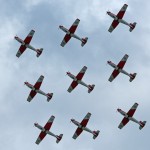
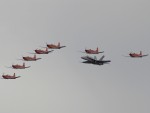
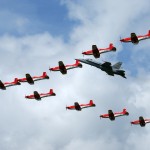
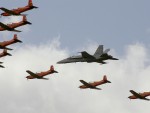




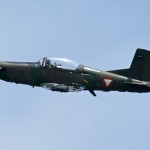


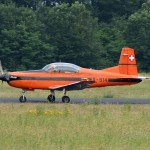


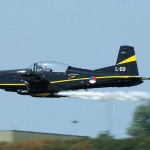

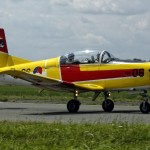


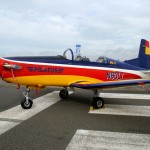
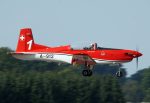


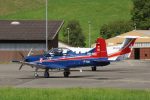
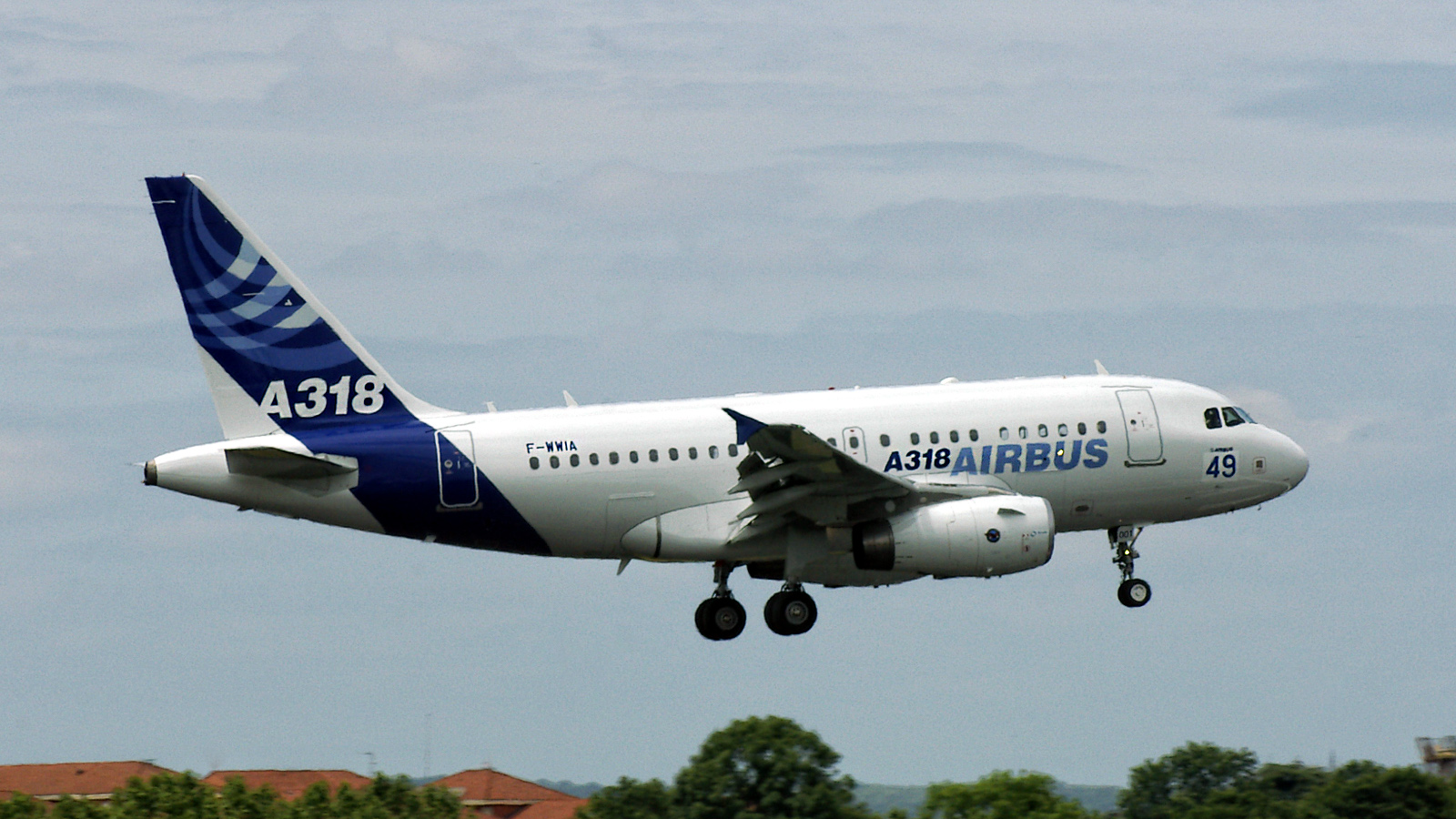
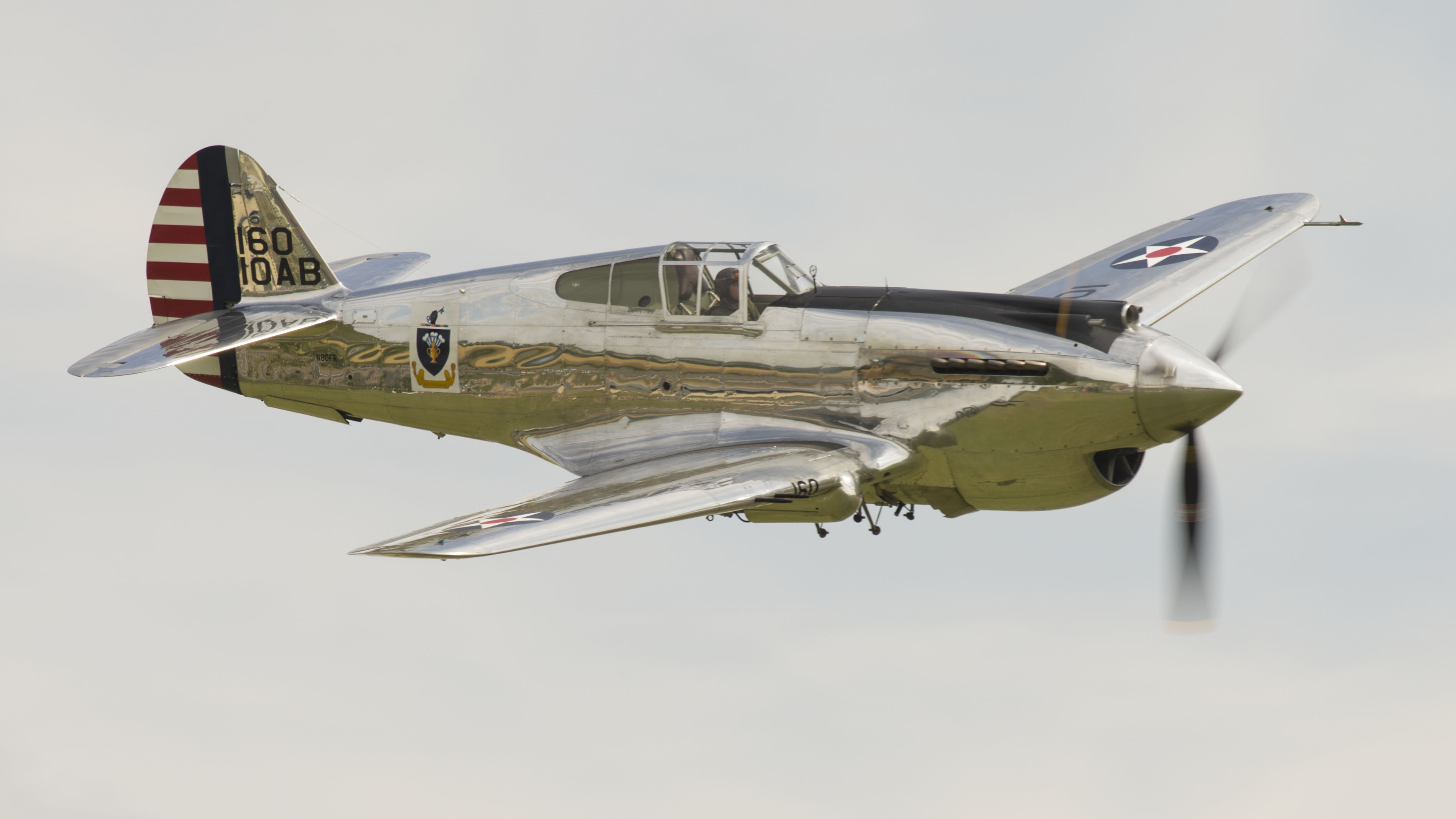
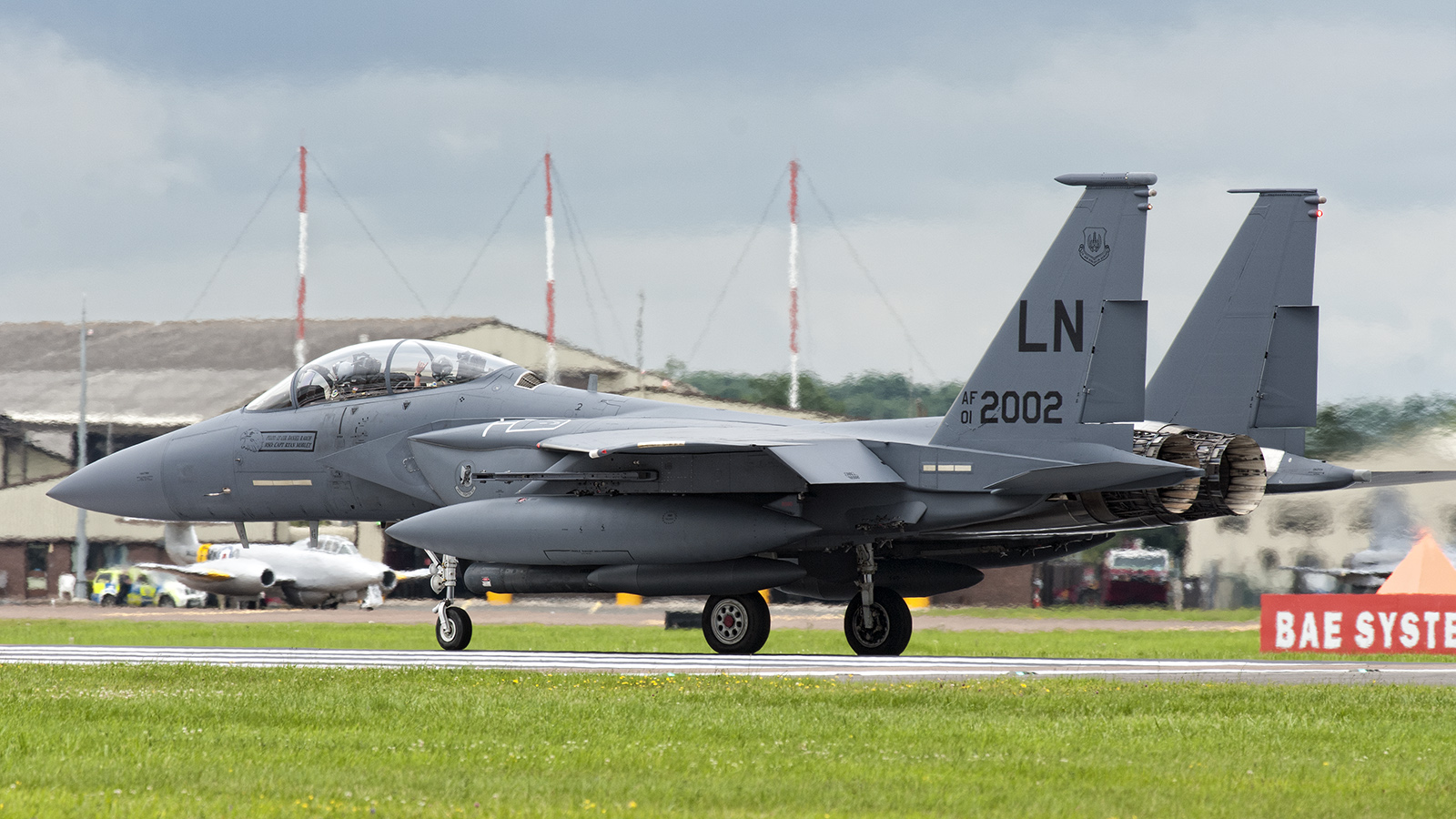
Be the first to comment